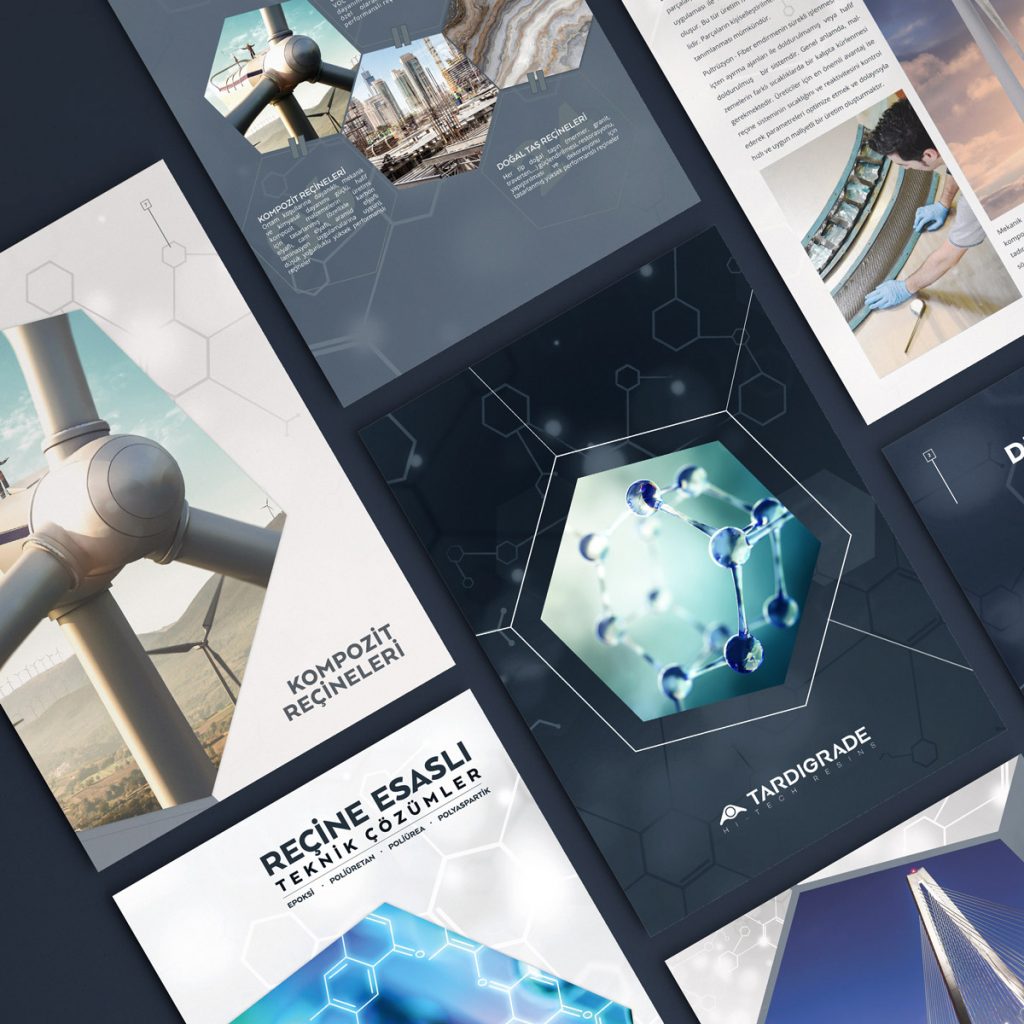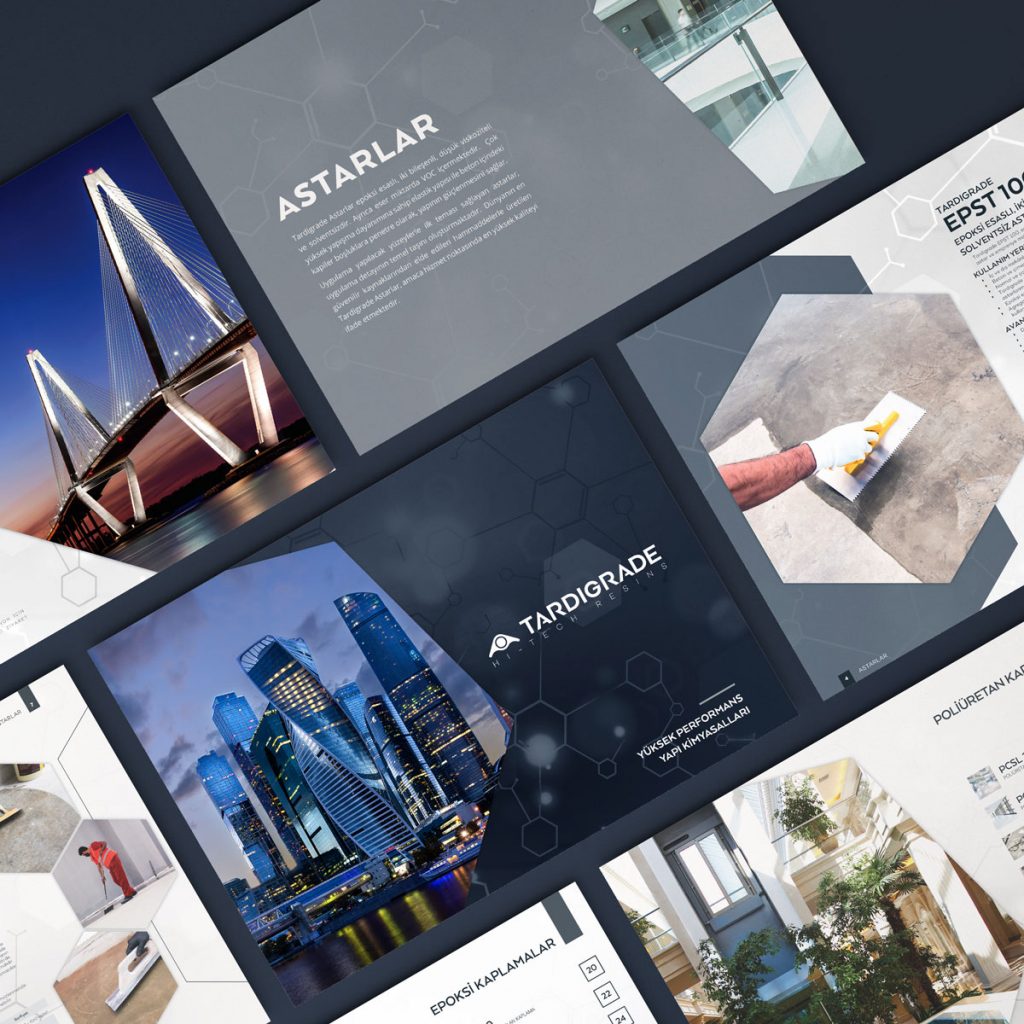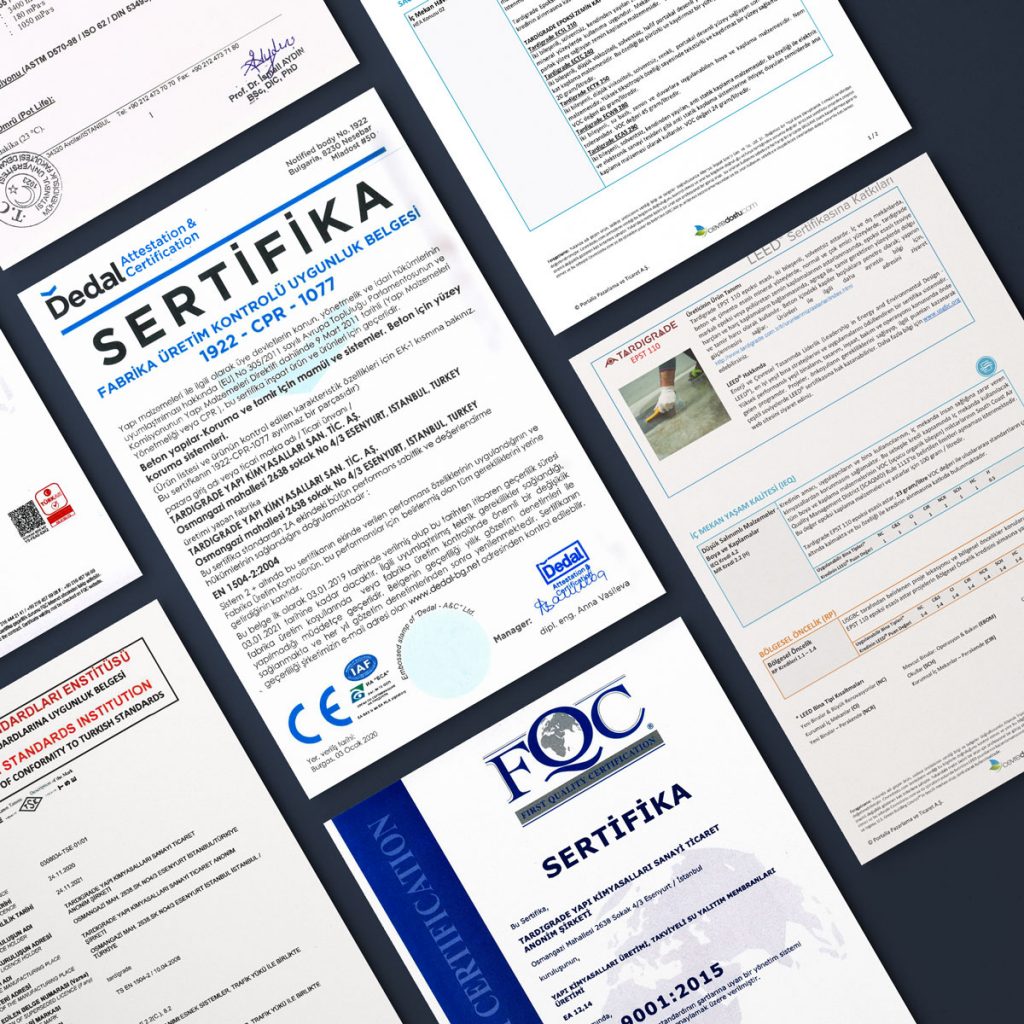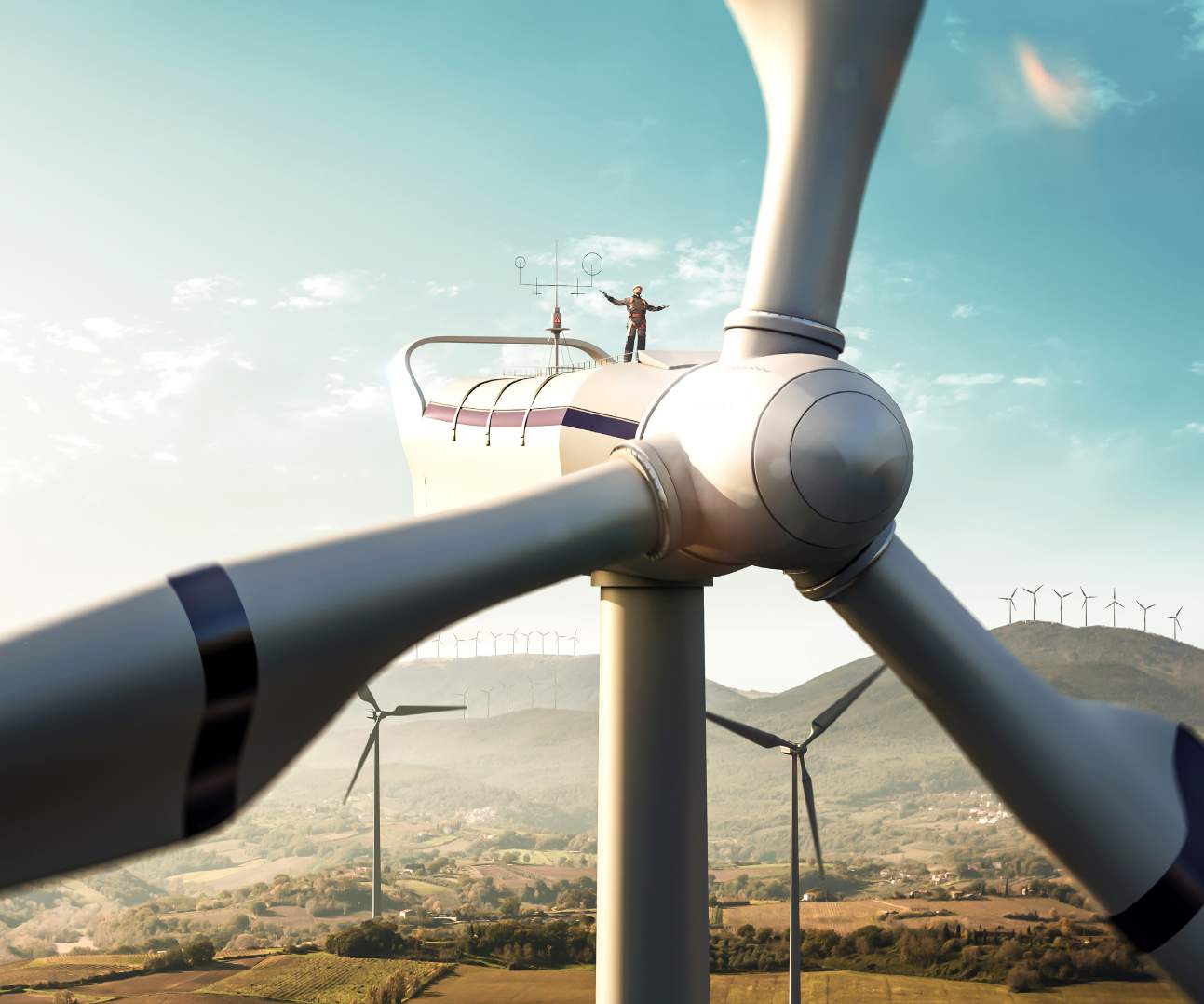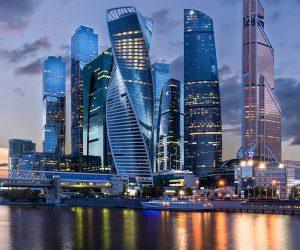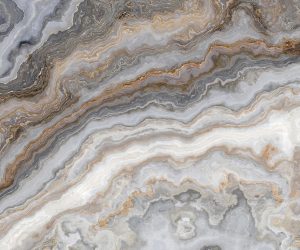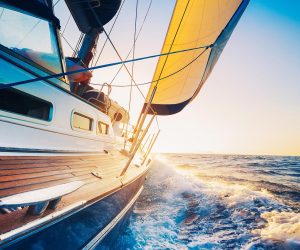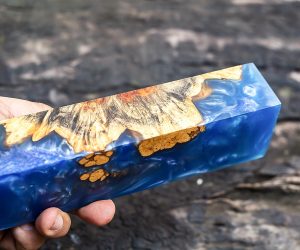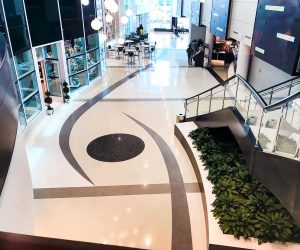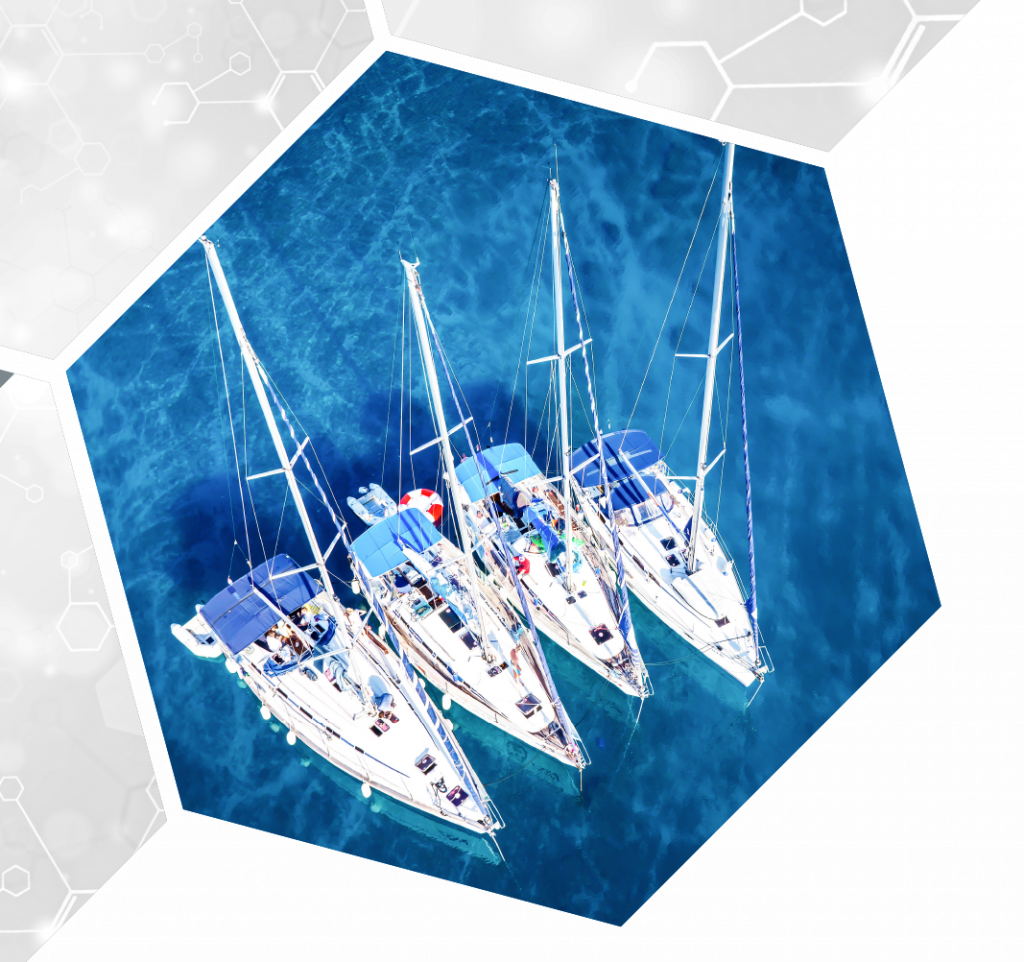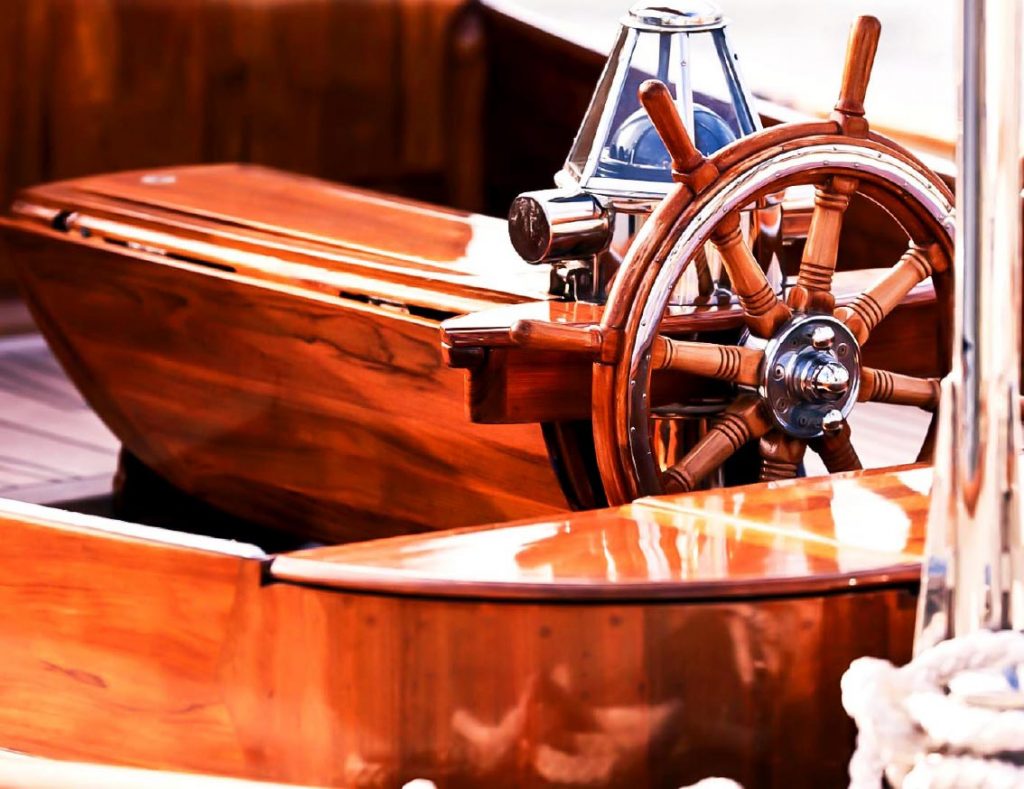MARINE RESINS
HIGH PERFORMANCE
COMPOSITE STRUCTURES
It is difficult, but necessary, to balance all the necessary physical and mechanical properties without increasing its weight in order to produce a powerful marine vehicle. Defining the performance criteria of a high-tech polymeric resin and designing a formula to meet these criteria requires well-planned chemicals, rigorous testing, deep knowledge and active experience.
RELIABILITY & PERFORMANCE
Tardigrade performs continuous self-renewing R&D studies to compare peak points in resin and hardener formula combinations (two component), adhesion, fatigue and compression strength, as well as thermal reaction temperature effect.
Qualified products are subjected to continuous development tests for hardness, tensile, bending and impact strength, strain elongation, temperature deviation values and moisture tolerance effects. This level of testing aims to improve the properties of our products without losing any other characteristics and maintaining our superior formula.
HIGH QUALITY
Hardeners, fillers and fibers used in conjunction with epoxy resins are the most widely used, multi-purpose and versatile materials in boating repairs and construction fields.
With its “Technical Solutions Department”, Tardigrade offers two-component (resin and hardener) epoxy, polyurethane, polyurea and polyaspartic systems to use in boat building and repairing. Without ignoring the easy-to-use factor, all resin formulas are arguably designed to provide maximum physical properties.
FOCUS ON
Superior mechanical properties, excellent adhesion, improved fatigue resistance, water impermeability, excellent chemical resistance are some of the most important features of epoxy systems used in marine vehicles
It is important to consider the exact objective and expectations of the marine industry, specifically where these resins will be used. Polyester resins are generally used on low to medium performance application, whereas high performance vehicles such as wooden boats, racing boats and yachts, require higher performing epoxy resins.
It is also believed that epoxy resins used on marine vehicles may also help to reduce VOC emissions; helping manufacturers to comply with tough environmental conditions.
DEMAND AND GROWTH
There are two main factors to consider with regards to the demand of composite materials in the maritime industry. These are:
- Replacing traditional heavy tonnage metal boats with composite-oriented new generation boats
- Industrial style boat manufactures are able to product boats faster with more available inventory
Boat and yacht manufactures are challenged to produce lighter, faster, and more powerful boats that are fuel efficient. These demands have increased industry need for high performance epoxies, polyurethanes, polyureas and polyaspartics.
Carbon fibers are compatible with all types of polymeric resins but are especially compatible with epoxy system.
Because of this, carbon fibers-epoxy lamination systems are sought after applications for the use of higher performance vehicles such as racing boats and yachts. However, carbo fibers are costlier than that of glass fibers and because of this, manufactures often use glass fibers for boats that do not require high mechanical performance.
ADHESIVE PROPERTIES
Epoxy resins have a much better and permanent adhesion properties compared to alternative resin systems. These systems feature high adhesion, are especially resistant to micro-cracking and should be used in a sandwich construction method. The bond between the core and the lamination (skin) is usually the weakest link when using laminates; however, the use of epoxy resins system greatly increases the strength of the interface between the skin and the core.
MECHANICAL PROPERTIES
Polymeric resin systems have two important mechanical properties:
- Tensile strength
- Hardness
After a full cure period of seven days, it is determined that high performance resin systems have a higher tensile strength than alternative low performance resin systems.
More importantly, the post-strength gap continues to increase over time, resulting in tow comparable categories:
STRUCTURE
Tam kürleşme süresini tamamlamış bir yüksek performans reçine ile oluşturulmuş laminant, alternatif düşük performans reçine ile oluşturulmuş laminanta göre çok daha yüksek gerilme mukavemeti ve yapısal sertlik sağlamaktadır. Yüksek performans reçine sistemleri içerisinde geniş kullanım olanakları itibarı ile solventsiz epoksi reçine sistemleri öne çıkmaktadır.
STABILITY OF LONG-TERM USE
With older boats, it has been observed that underperforming resin systems shrink in size, reaching up to 7% overall, as the resins continue to cure. Newer generation systems provide high performance with less shrinkage (up to 2%) over time and are a very stable structure compared to its alternatives.

